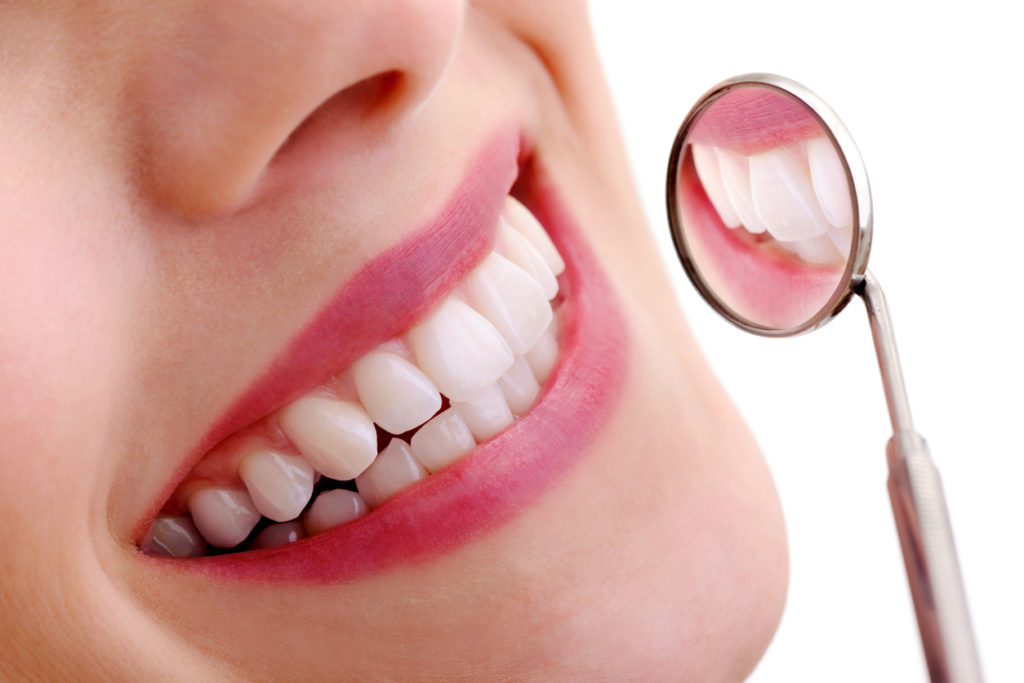composite bonding in Sheffield
What is Composite Bonding?
Bonding often refers to adhesives in dental work. But, composite bonding, otherwise known as dental bonding or tooth bonding, is a procedure that involves changing the appearance of your smile for cosmetic purposes.
It is a way to cover mild damage like chips and cracks in your teeth, as well as any gaps between them.
Usually focused on the front teeth, dentists use a composite resin similar to what they use for minor fillings. This material is a putty-like substance that can be molded to the desired shape, then hardened with a UV light and polished to closely resemble a natural tooth.
Beighton Dental Care offers exceptional composite bonding in Sheffield, providing top-quality dental solutions tailored to your needs.

What is the difference between composite bonding and composite veneers?
Composite bonding and composite veneers are different names used to refer to the same treatment. Composite bonding involves applying a tooth-colored resin directly onto the tooth surface to repair minor imperfections like chips, cracks, or gaps, often completed in a single visit and without the need for removing much enamel. On the other hand, composite veneers are thin shells of composite resin custom-made to cover the front surface of the tooth, offering a more comprehensive solution for addressing cosmetic issues such as discoloration, misalignment, or irregular shape. While both procedures use the same material, composite veneers typically require more preparation and may offer a longer-lasting and more transformative result compared to bonding.

Composite bonding teeth is a cosmetic procedure to improve the aesthetic of your smile, though it isn't a solution to any medical or structural problems in your teeth. There are, however, a few issues that it can address. These include:
edge bonding teethTooth bonding can be used to hide gaps in teeth.
Diastema (gaps between teeth)
Cracked or chipped teeth
Discoloured teeth
Teeth that are crooked or misshapen
Essentially, composite bonding is meant to even out the size, shape, or colour of teeth or cover any minor issues in your smile.
If you want to get your smile treated with composite bonding then the first thing that you need to do is consult your dentist. Your dentist will assess your teeth to see if you are eligible for the procedure and whether it's the right choice for you. The following steps outline the rest of the composite bonding process:
- The colour of composite resin is matched to your natural teeth
- Your dentist will prepare the surface of your teeth and apply a layer of adhesive material
- The resin will then be applied and shaped into the desired final shape of the tooth
- A UV light will be used to quickly harden the material
- Finishing touches include buffing out rough or uneven spots and polishing the resin to match the rest of your teeth
Once the resin is properly hardened and polished, you can resume regular eating and drinking habits right away without any waiting period after your procedure.
In the following video, a dentist explains composite bonding teeth and the procedure involved. The video includes a patient having the procedure as well as dental bonding before and after clips of the patient's teeth.
If you are considering getting this procedure, we recommend asking dentists for pictures of before and after composite bonding. They should be able to show you images from previous patients, which will give you an indication of how experienced a dentist is with the procedure.
Generally, a dentist will need anywhere from 30–60 minutes per tooth to ensure that the adhesion, shaping, and finishing of the composite resin is all done properly. Where the length of your procedure falls within that range will depend on your dentist's experience, efficiency, and attention to detail.
Not all composite bonding procedures are the same. Some people use dental bonding to improve the look of a single mismatched tooth, while others will totally revamp the shape and spacing of their smile.
Composite bonding lasts an average of five to ten years before needing to be replaced, but there are different factors involved. First of all, different types of composite resin have different properties.
More durable resins don't look quite like natural teeth and so are generally used farther back in the mouth. It's likely that your dentist will use a less durable resin that more closely resembles natural teeth for your front teeth.
what is dental bondingYou should avoid coffee and red wine for a few days after a tooth bonding procedure.
Here are a few ways you can care for your composite bonded teeth to hopefully get a few more years out of them:
Proper oral hygiene: Tooth decay can weaken the adhesion between the resin and your teeth. With or without bonding, brushing your teeth and flossing properly are still the best way to keep your smile looking great!
Avoid hard foods and chewing ice: Composite resin is not as durable as your natural teeth, so the same habits that wear down teeth will degrade your dental work even faster.
Try not to grind your teeth: Though for some it's easier said than done, by reducing stress or saying no to that third cup of coffee you can significantly reduce damage to your bonded teeth.
Don't whiten your teeth: Even though it may not be at the same rate, composite resin and natural teeth will stain together. The difference will only become noticeable after whitening procedures, which will work on natural teeth and not on bonded teeth!
Getting dental bonding is a perfect reason to try and break some bad habits. With proper care and cleaning, bonded teeth can maintain their strength and natural look for years!
